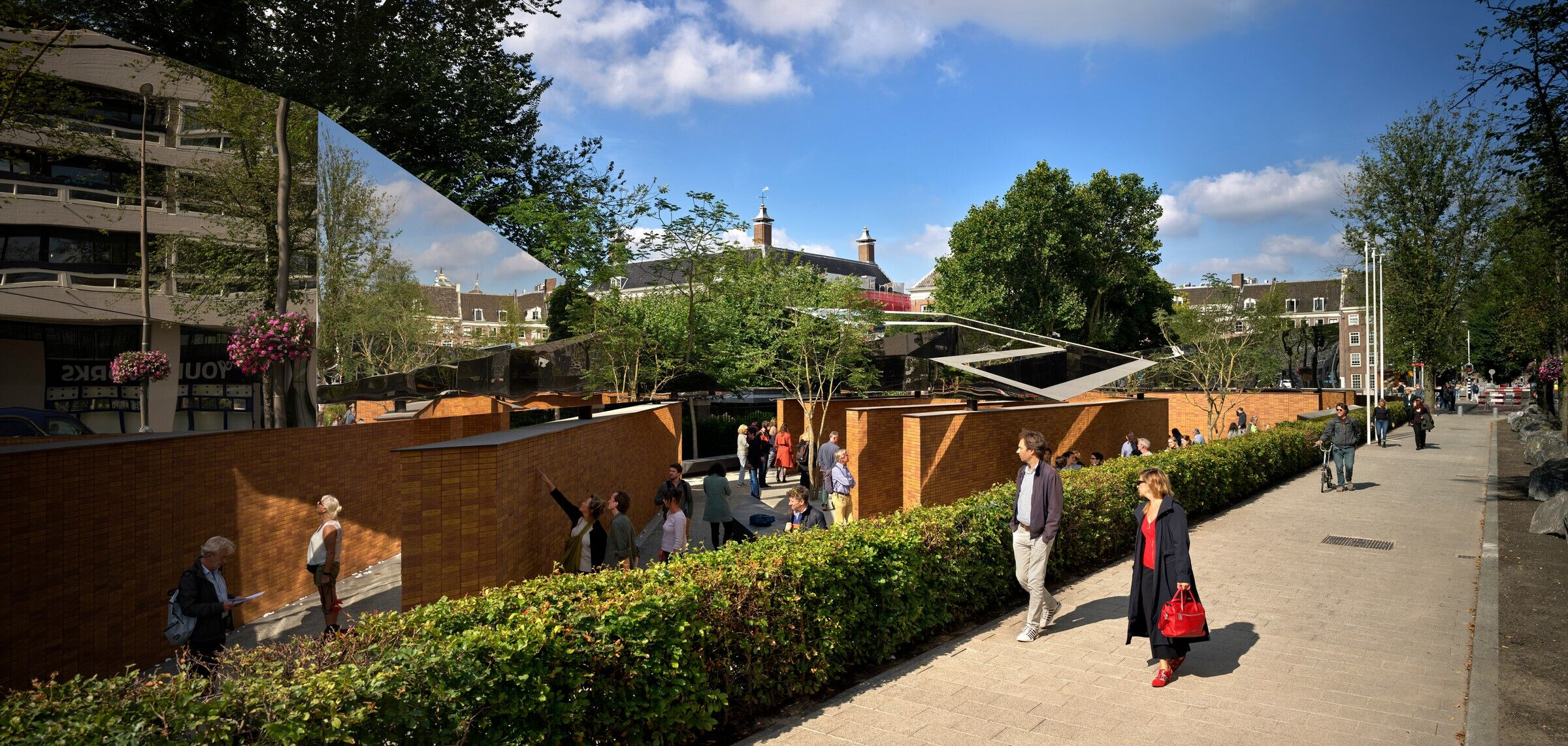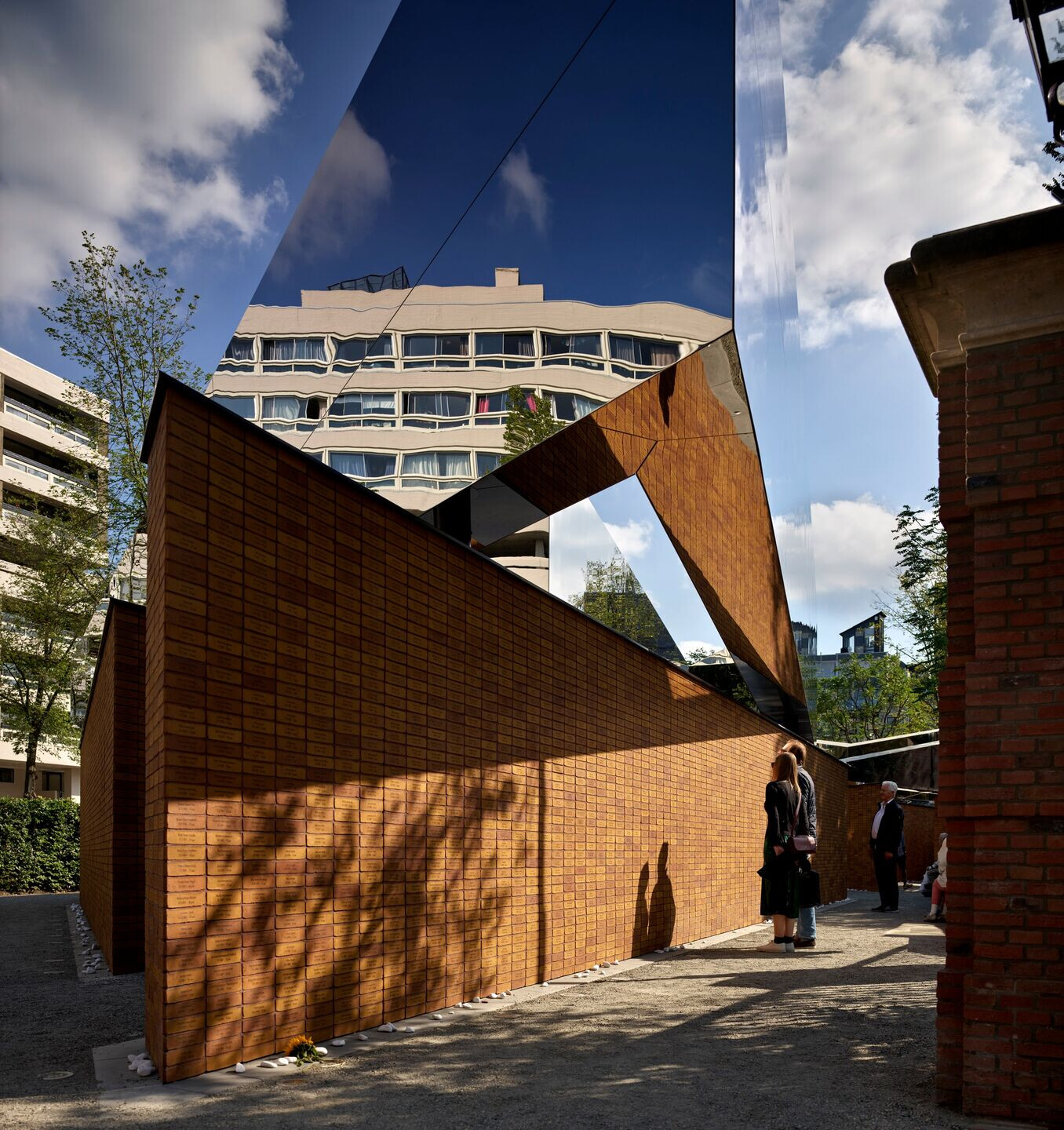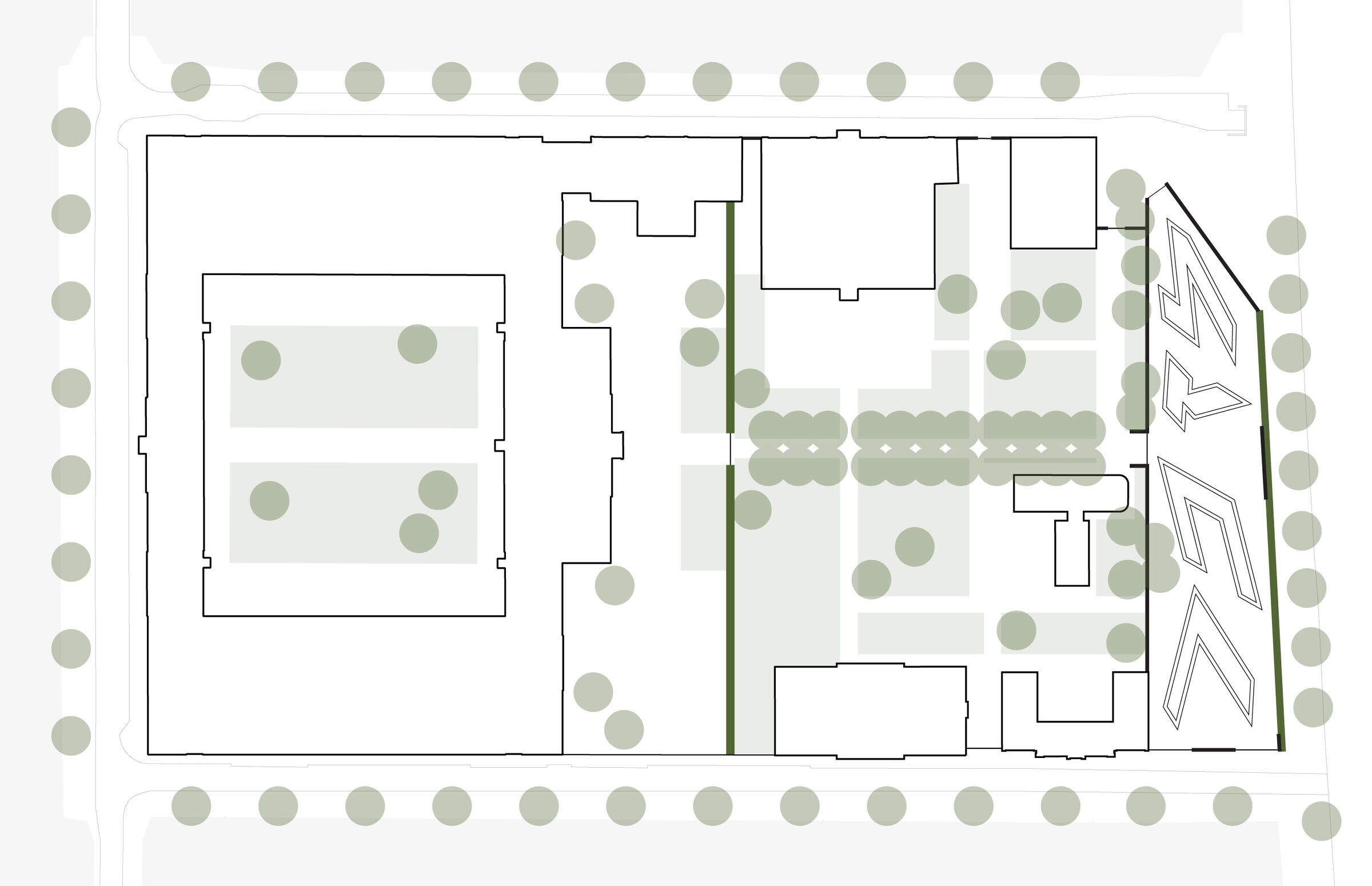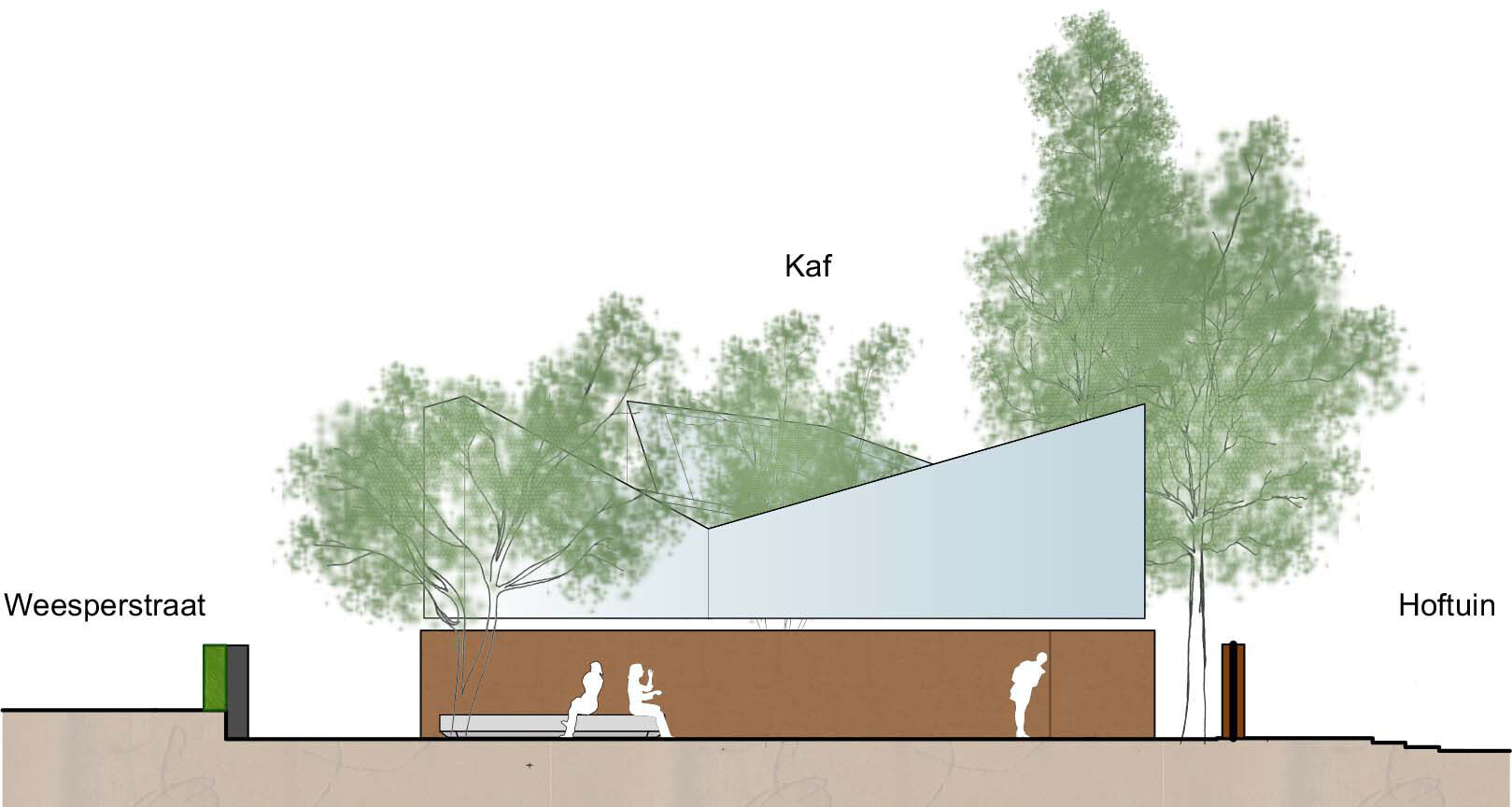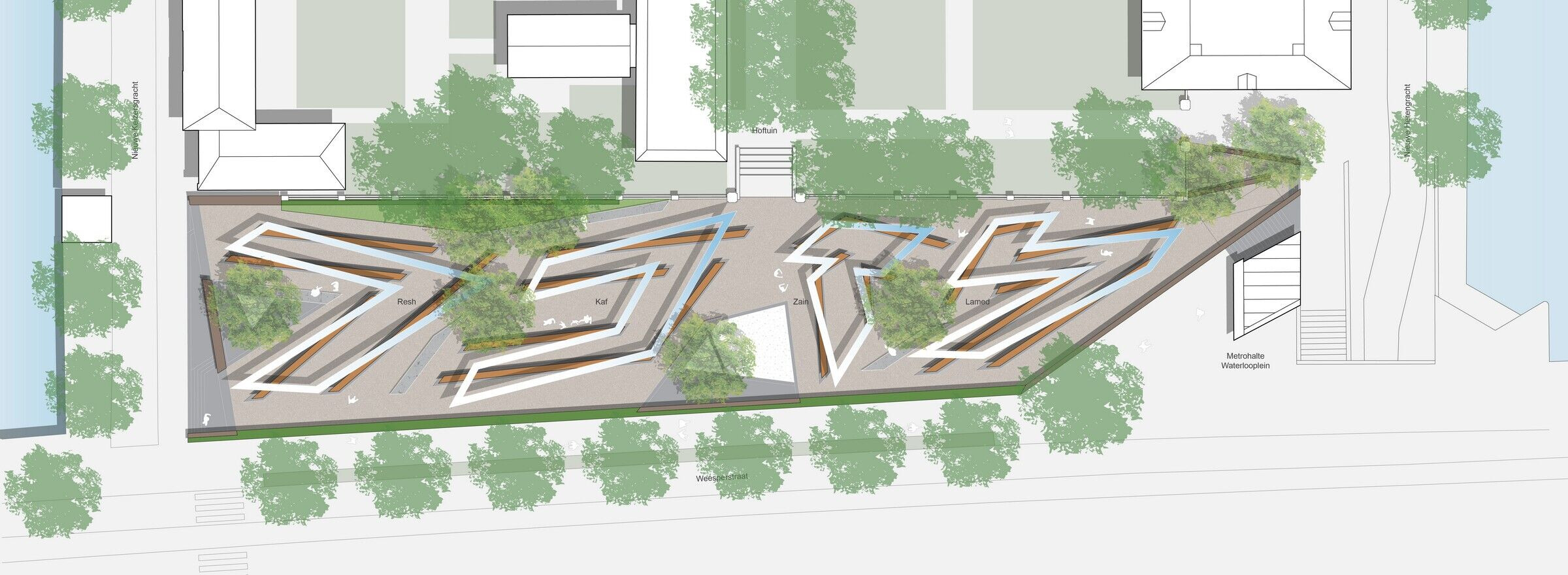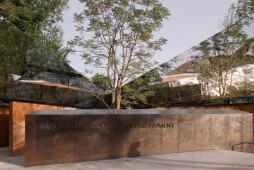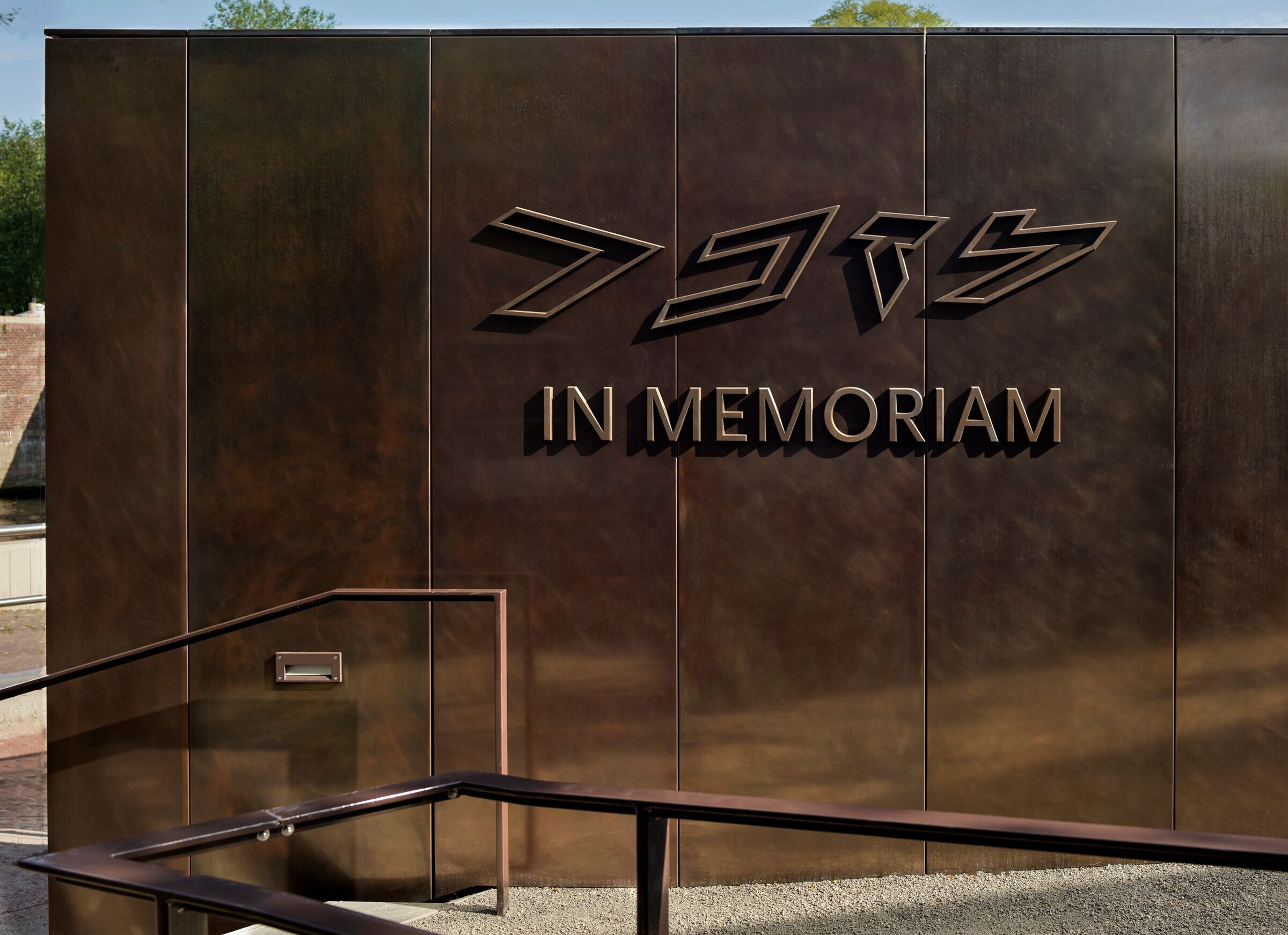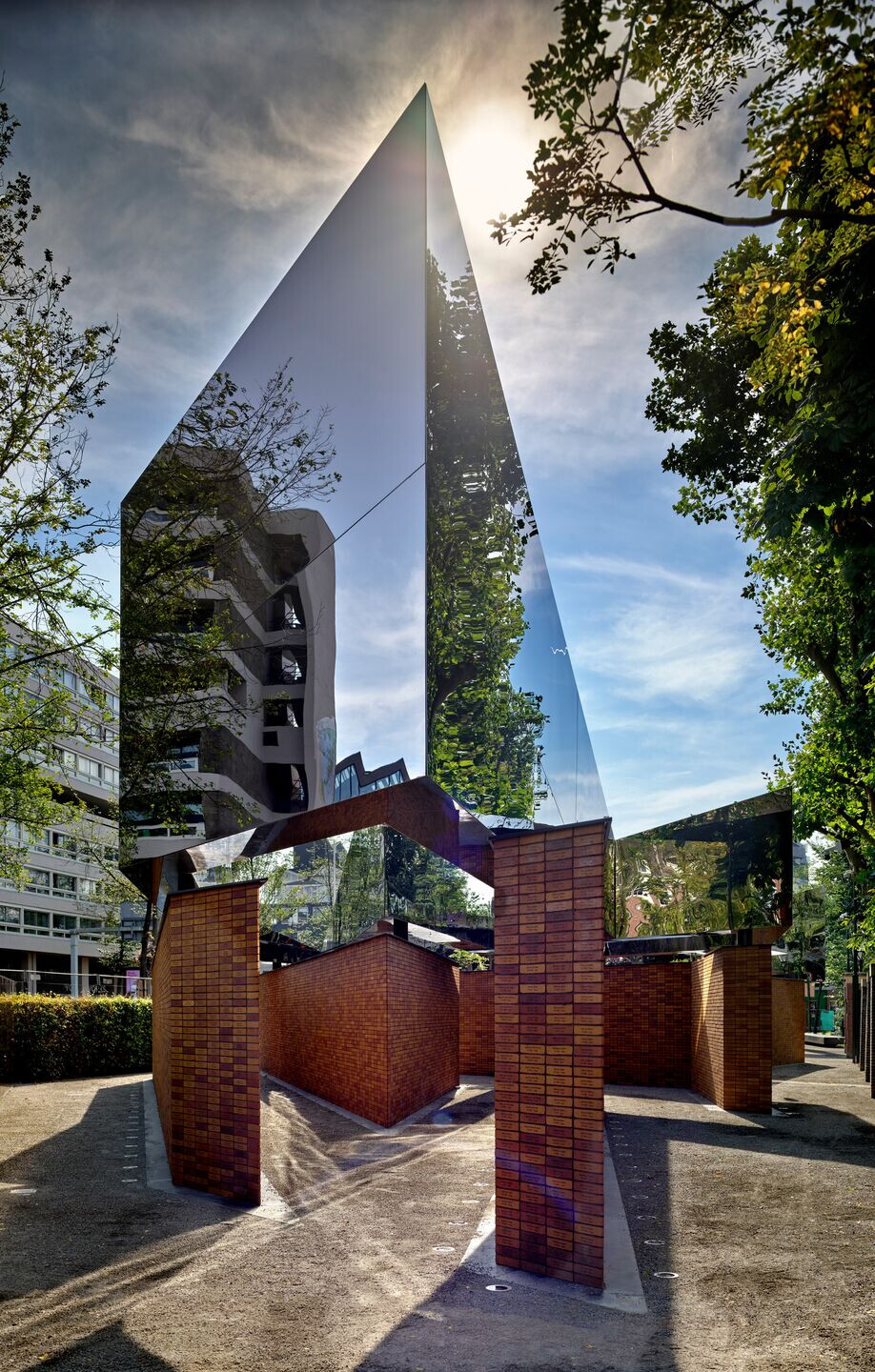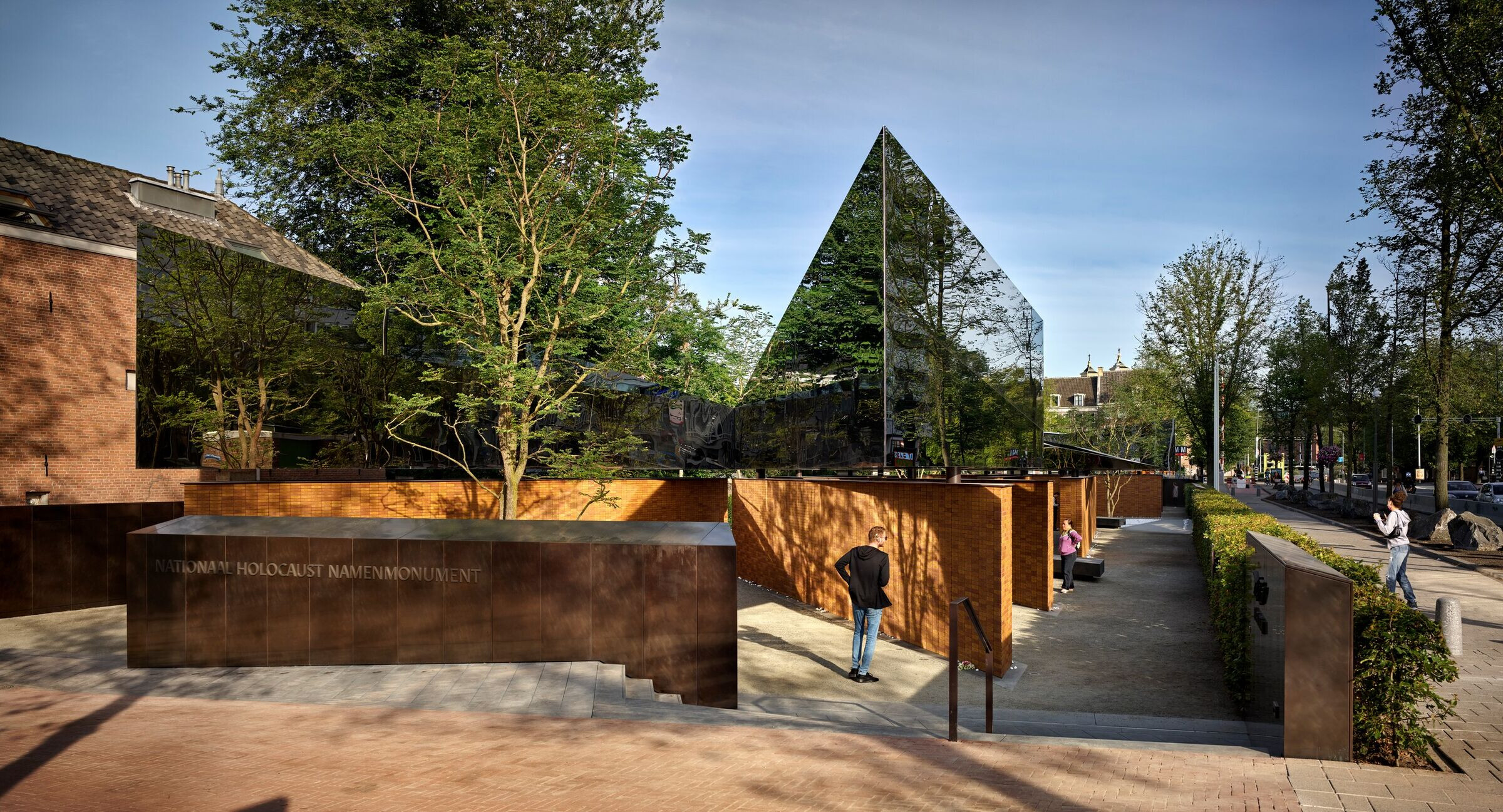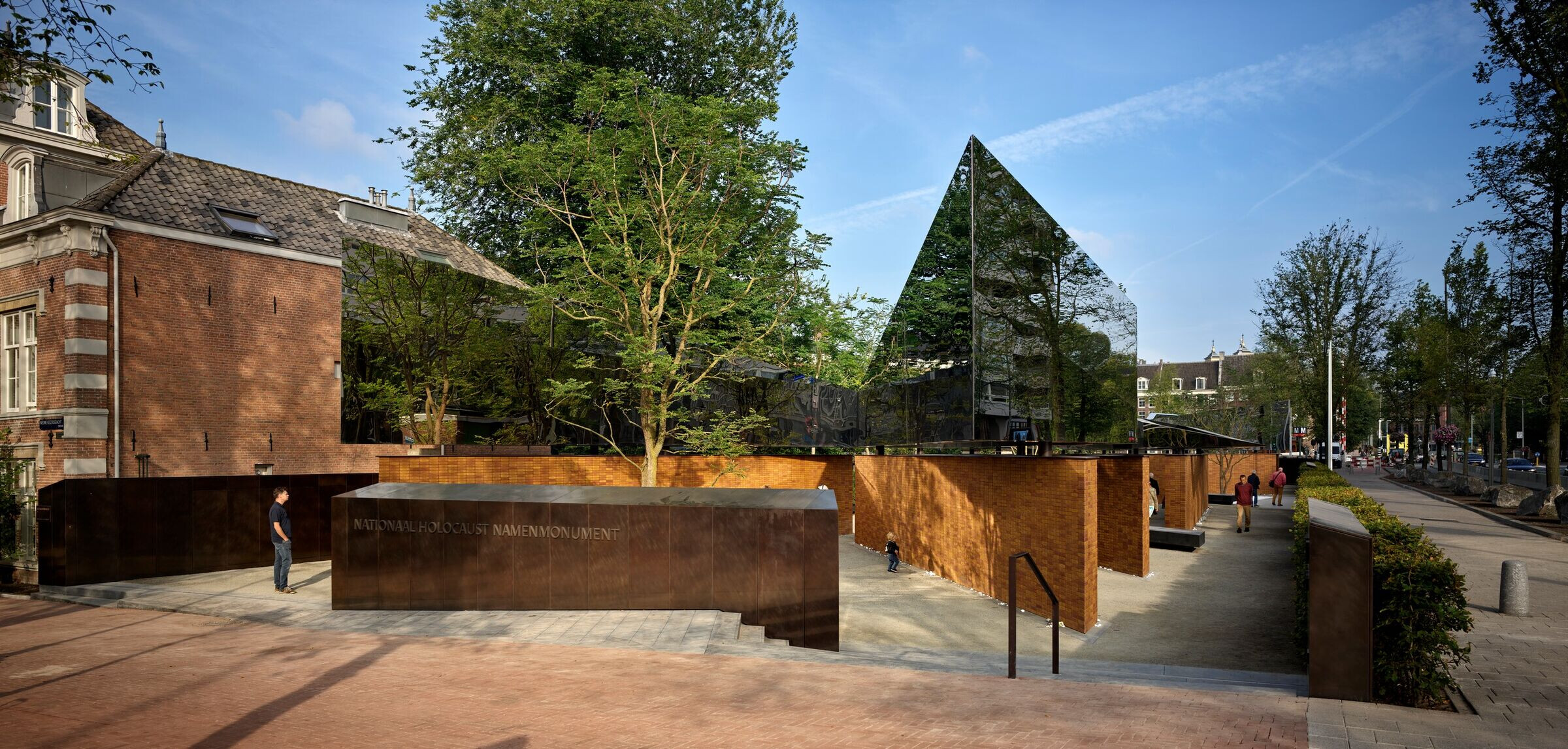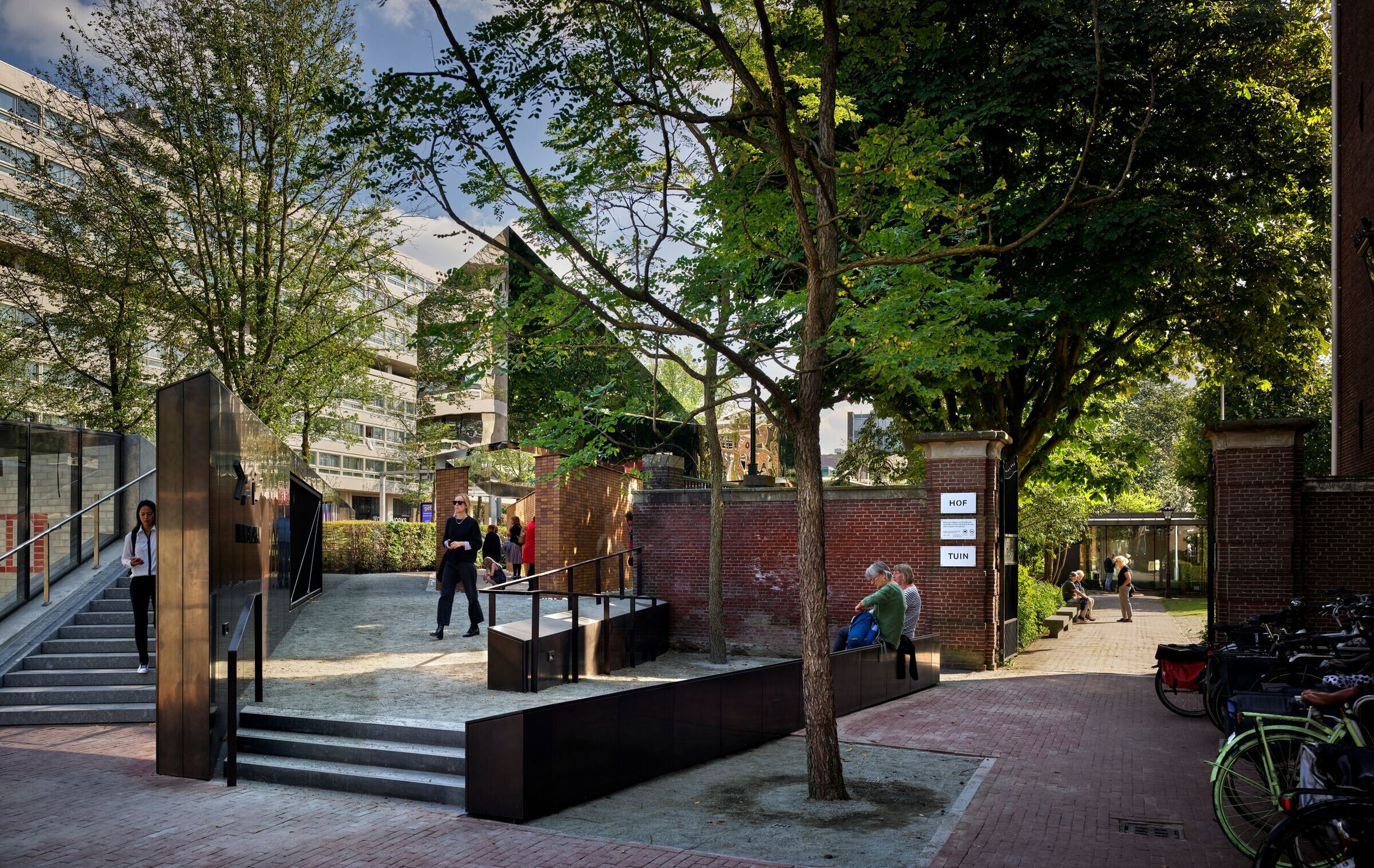On Sunday 19 September, King Willem-Alexander will officially open the Dutch Holocaust Memorial of Names, commissioned by the Dutch Auschwitz Committee, in Amsterdam. The monument – designed by Daniel Libeskind – commemorates 102,000 Dutch victims (Jews, Roma and Sinti) who perished during the Second World War. For the past five years, Rijnboutt has fulfilled the role of coordinating and executive architect in this special project.
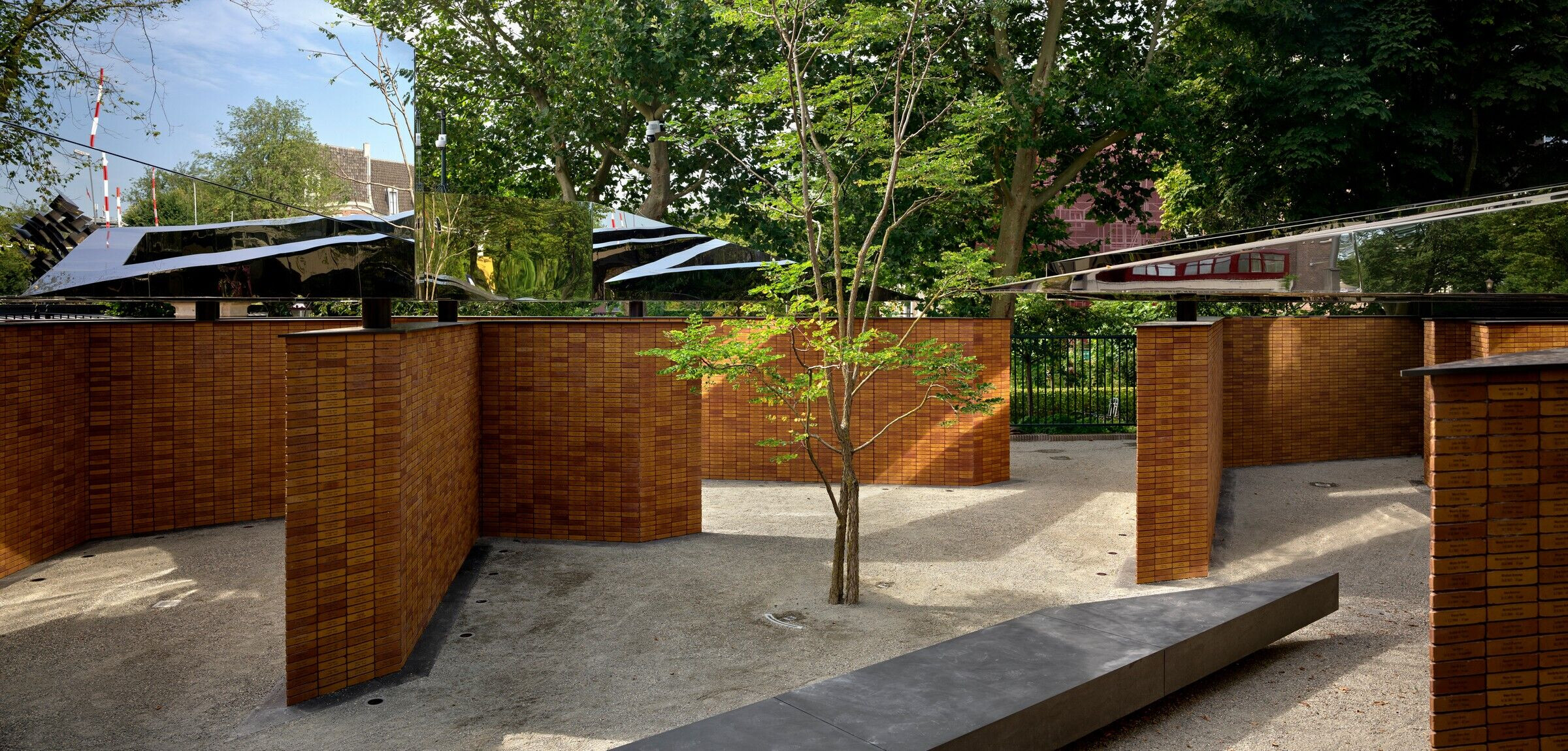
In search of an architect with knowledge of local building practices who could supervise the complex process, Jacques Grishaver of the Dutch Auschwitz Committee chose Rijnboutt in 2016 – after a selection by the American Studio Libeskind. In close collaboration with Studio Libeskind, Rijnboutt elaborated on their design within Dutch law and regulations and supervised the practical side of the implementation process. Rijnboutt was also called in for the landscape design and the connection to the public space.
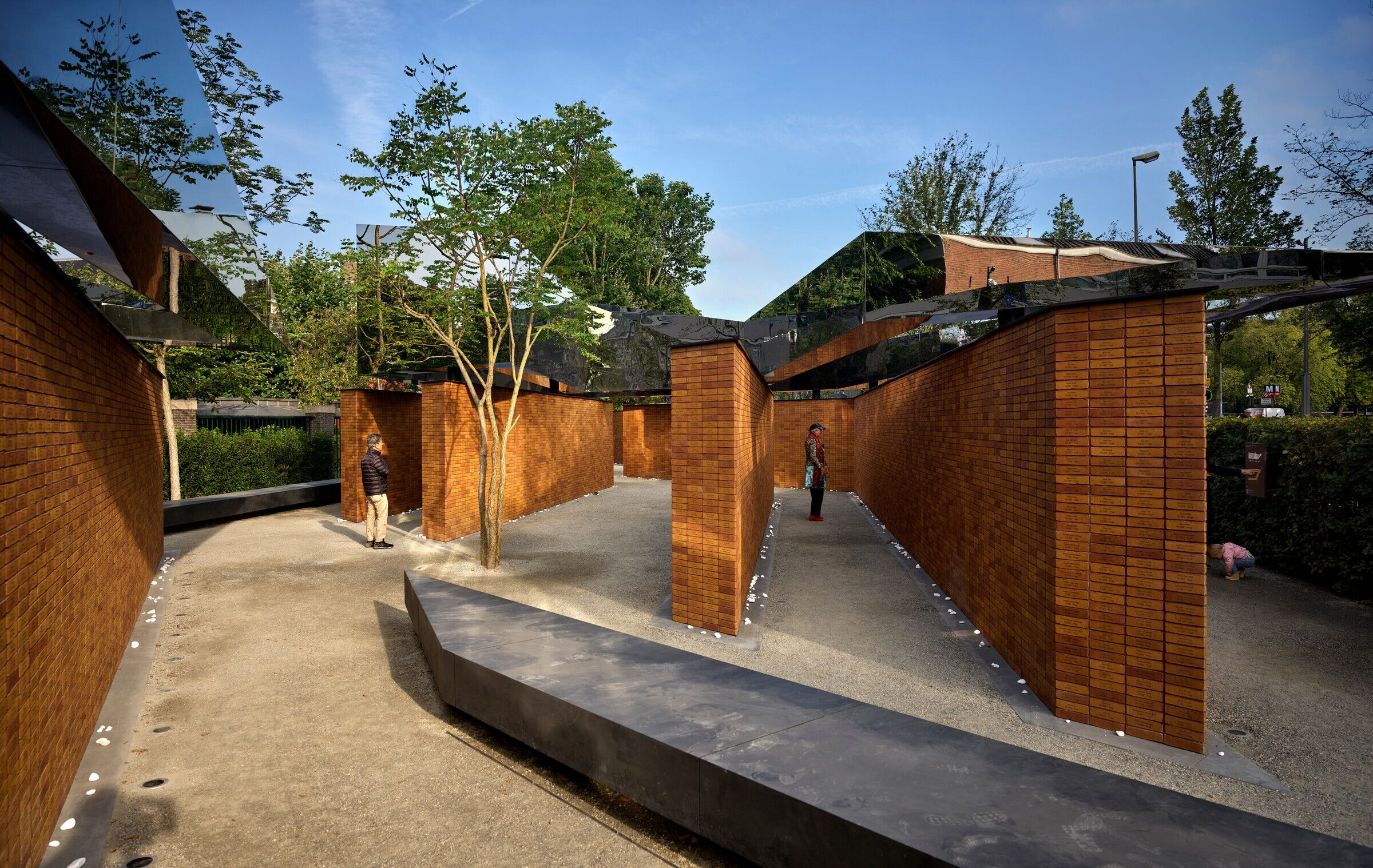
“For us, the Dutch Holocaust Memorial of Names is a truly honourable assignment,” says senior project coordinator Paul Beijeman. “The monument has great emotional value for many people. It is an important place for the next of kin of the victims of the Holocaust. We are proud to have been able to contribute to it.”
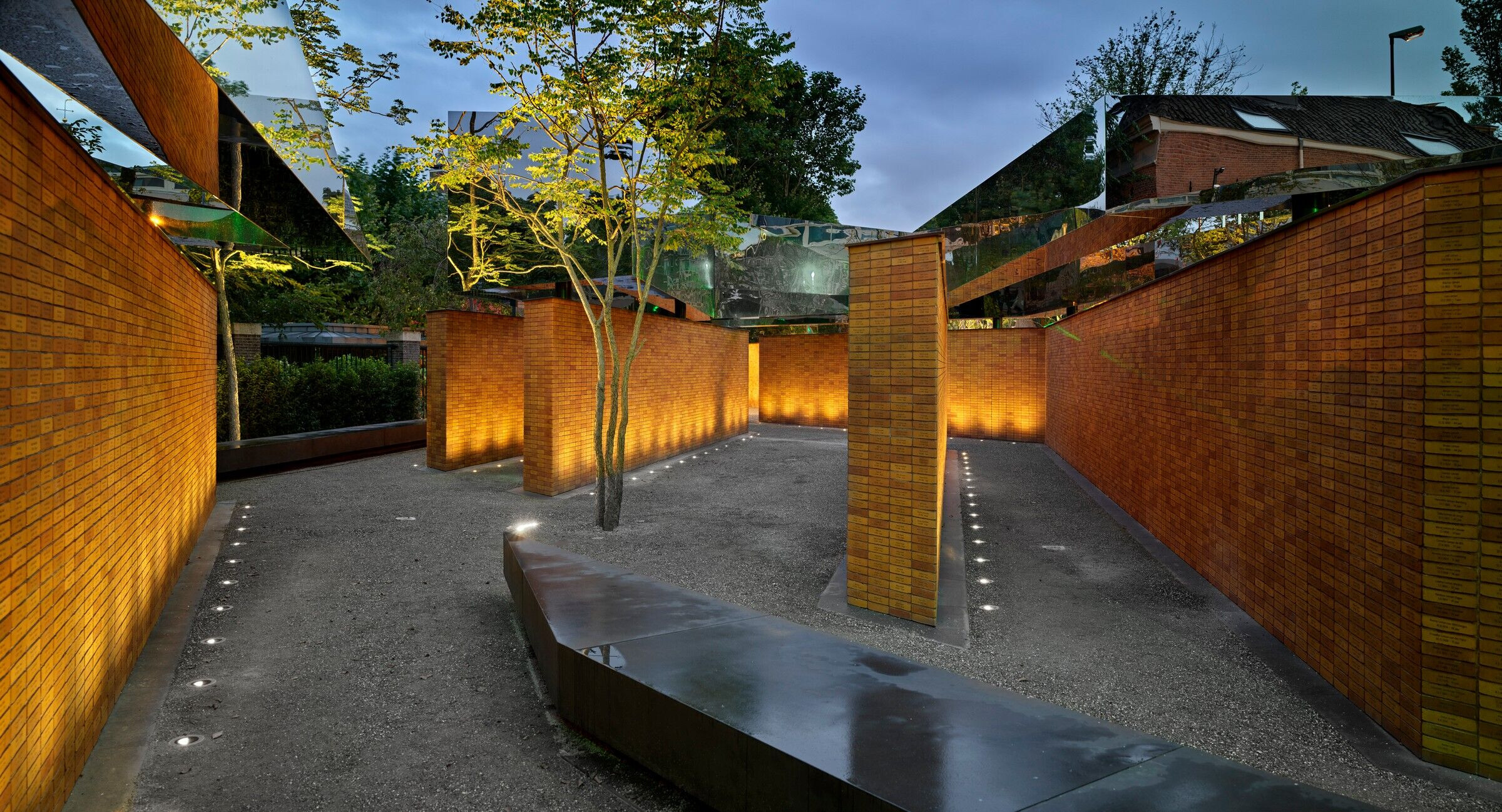
The design and its integration into public space
The monument is located in the former Weesperplantsoen in Amsterdam, between Weesperstraat and the Garden of the Protestant Diaconate. The location makes perfect sense: it is in the middle of the Jewish Quarter and close to important Jewish cultural buildings, such as the Portuguese Synagogue and the Jewish Historical Museum.
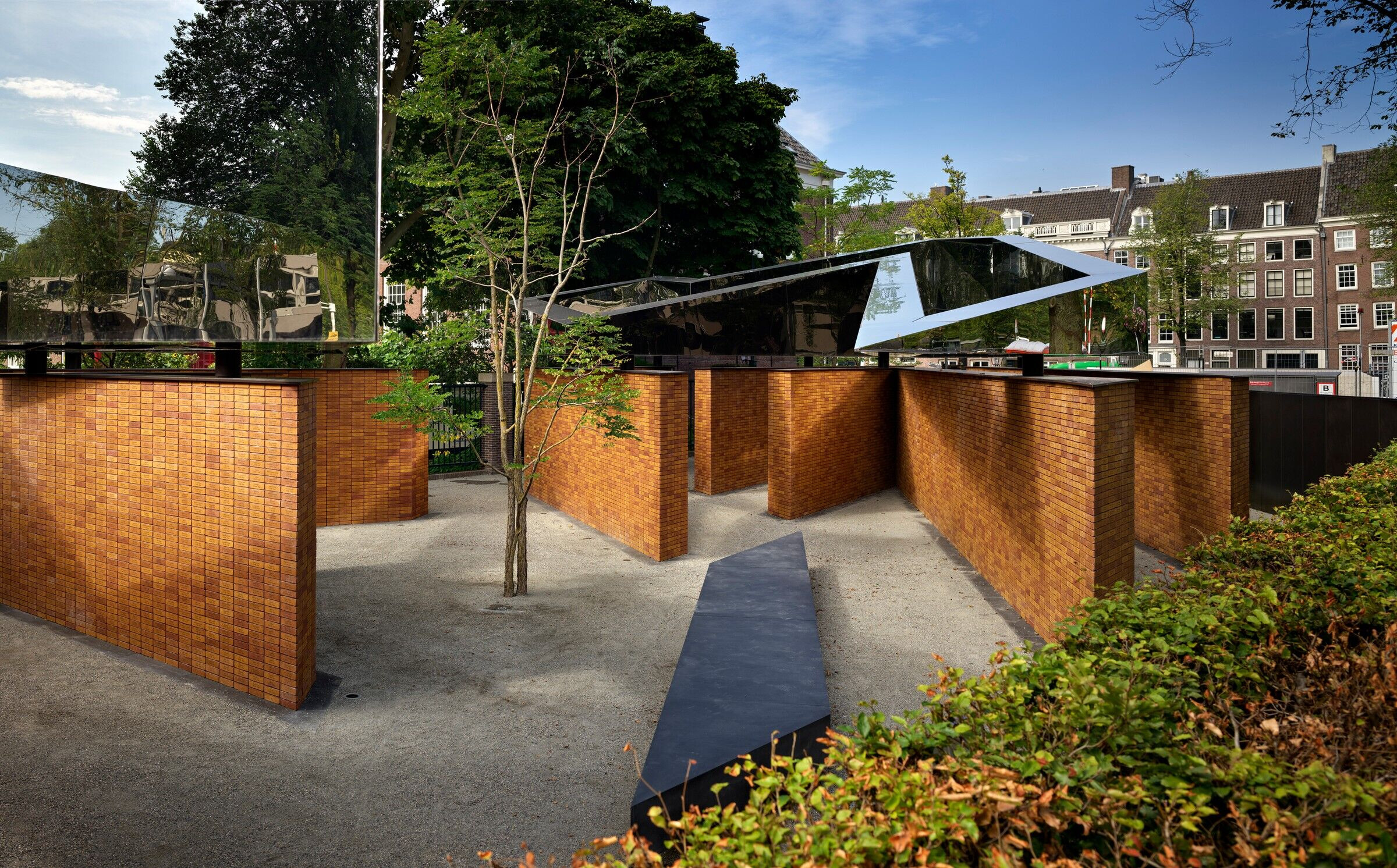
Daniel Libeskind’s design consists of a non-linear labyrinth of walls built with 102,000 unique bricks. As each brick represents an individual, the monument gives an idea of the scale of the number of victims during the Holocaust. The monument displays four objects made of reflective stainless steel: the Hebrew letters לזכר , which denote ‘in memoriam’ or ’in remembrance of’. The fact that the surroundings and even the reflection of the surroundings are mirrored creates a kaleidoscopic effect. The elements seem to float in front of the walls; the emptiness represents the discontinuity of history. It may seem simple, but the walls carry the massive, protruding letters, which weigh a total of 150 tonnes supported by only 26 columns. The proportions of this construction were also articulated in collaboration with Rijnboutt, while Studio Daniël Libeskind supervised the aesthetic design.
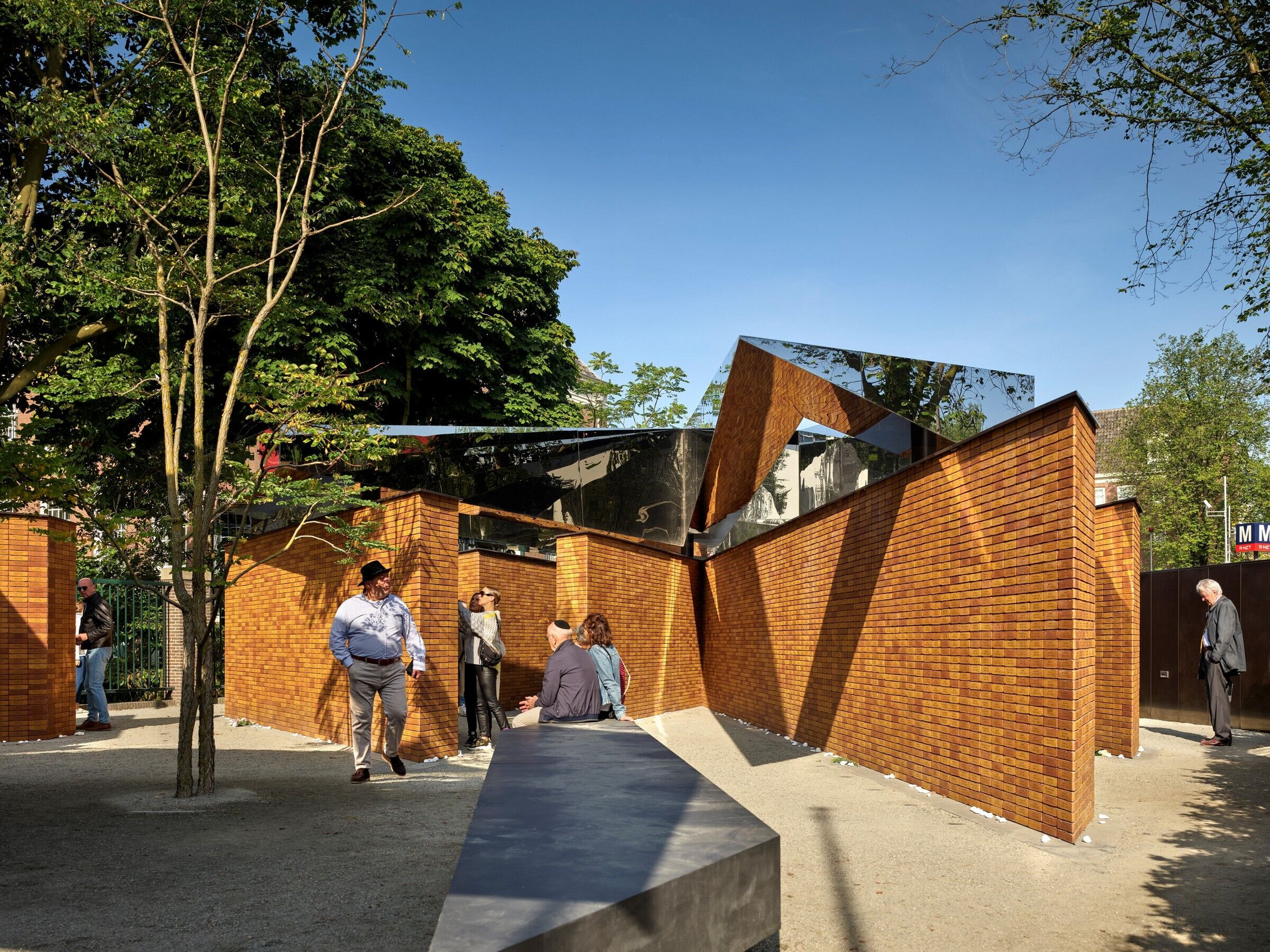
To do the monument justice, Rijnboutt ensured that it was carefully integrated into the surroundings and that the landscape plan used sustainable, high-quality materials. “In our design, we thought carefully about how to give the location a park-like appearance that harmonises with the Garden of the Protestant Diaconate, a beautiful green oasis of peace in the city,” says senior landscape designer Petrouschka Thumann. Indeed, the semi-paved surface, the eight distinctive solitary trees and the hedges were carefully chosen. “Using a restrained landscape design ensured that all the attention goes to the monument,” says Thumann.
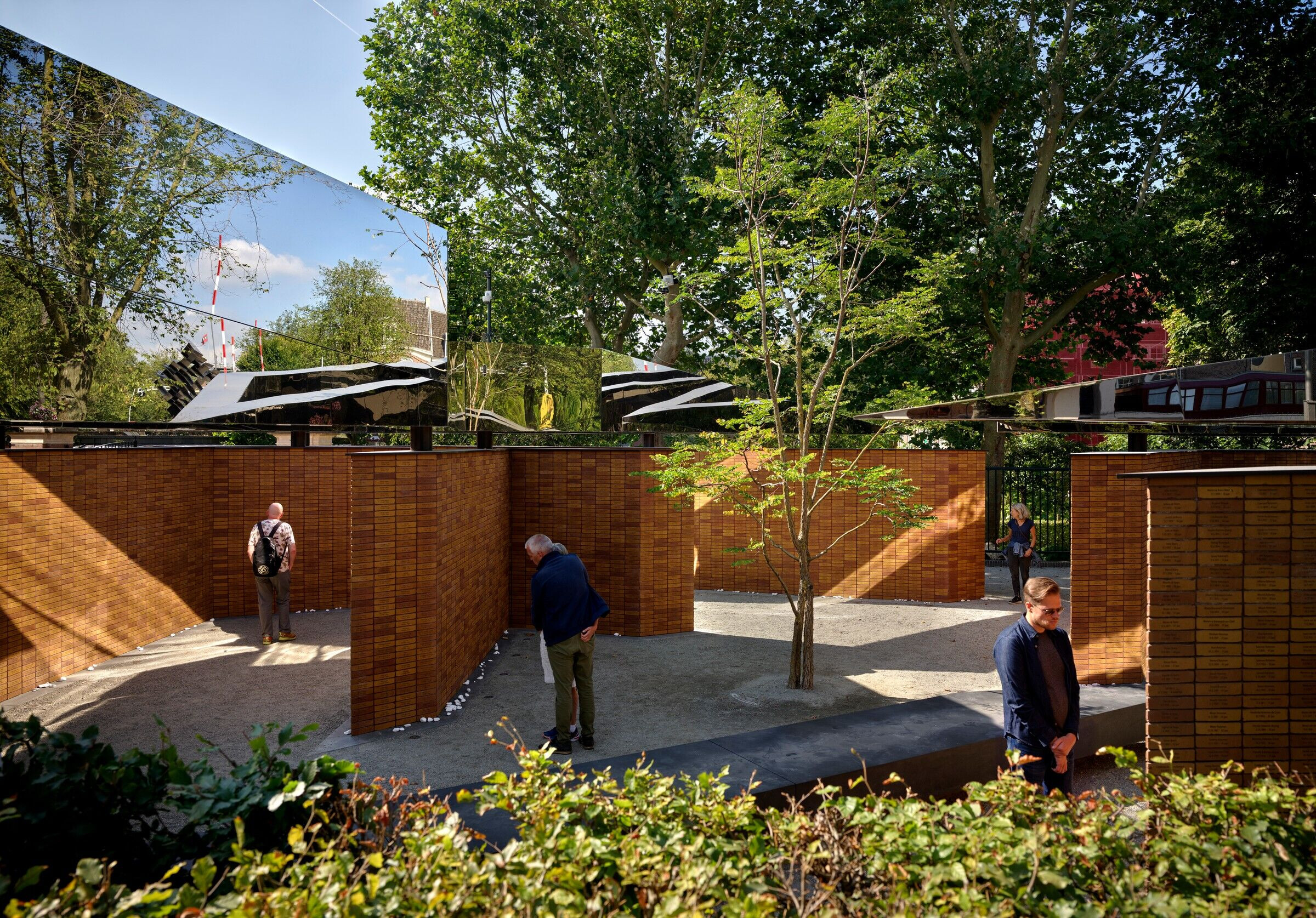
Complex process
The creation of the Dutch Holocaust Memorial of Names was preceded by a complex process that lasted five years. A number of external advisors were involved, such as a structural engineer, a masonry specialist, a stainless steel specialist and a restoration construction company. Rijnboutt acted as the mouthpiece for all of the involved parties and supervised the implementation process.
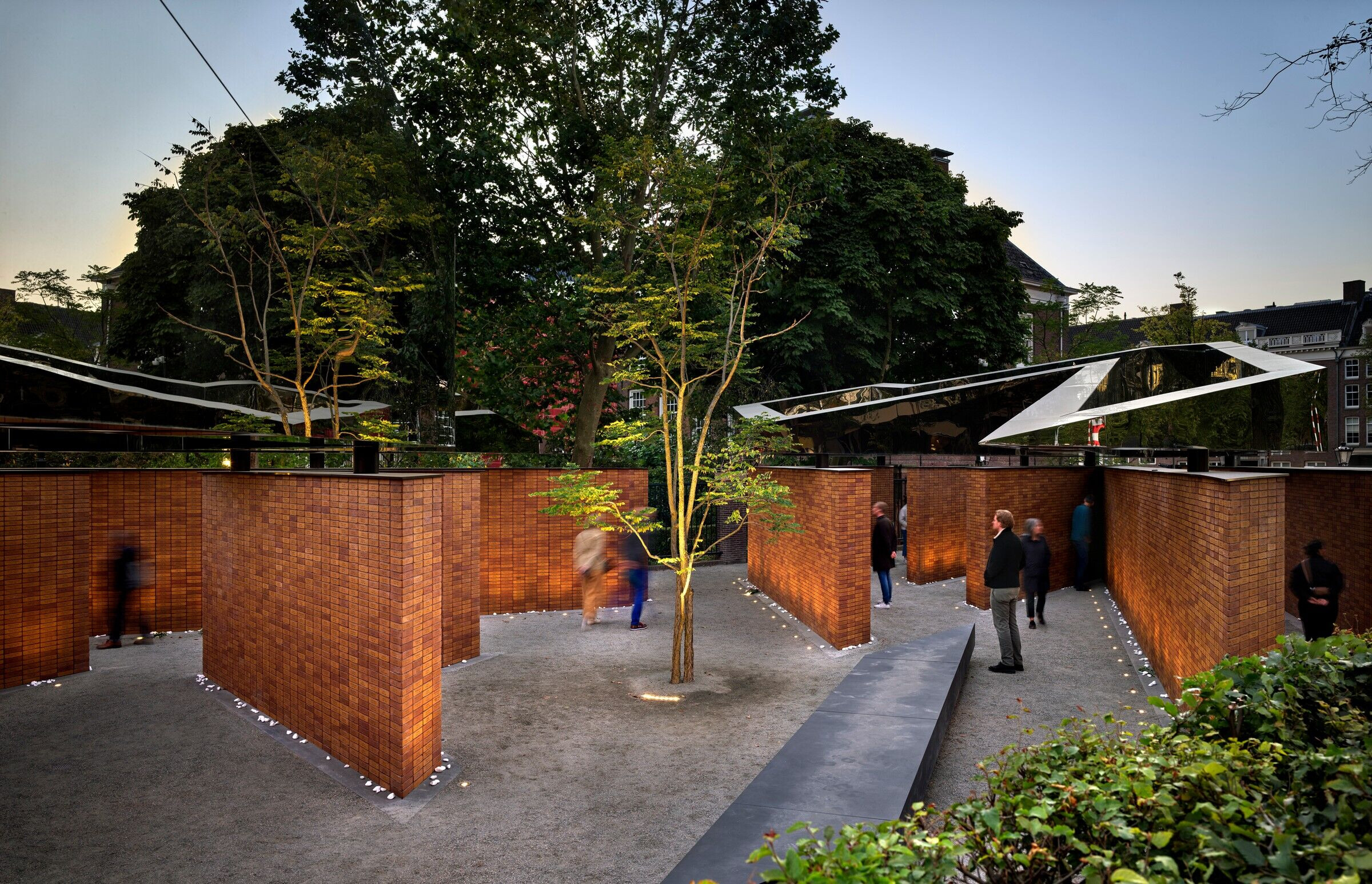
Whenever there was a change or addition – from stones to lamps and fences – or a minor obstacle along the way, the drawings needed to be updated. By means of 3D models and detailed drawings, the consequences were highlighted, which Studio Libeskind subsequently visualised in design drawings to develop the best solution. There was weekly contact between us and Studio Libeskind to ensure that we stayed as close as possible to the essence of the design.
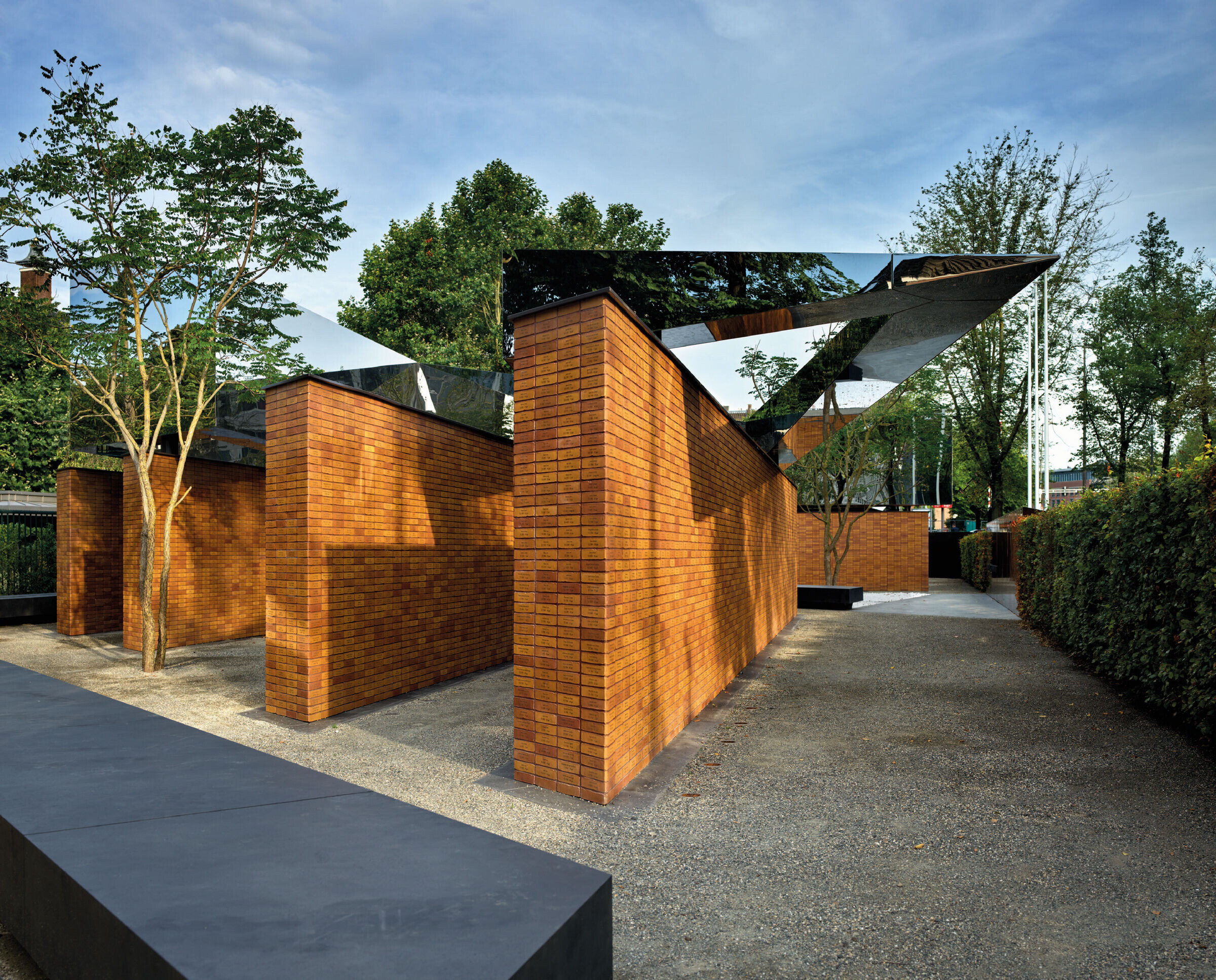
The Dutch Holocaust Memorial of Names is now the most up-to-date, palpable archive of the Dutch victims of the Holocaust: each name represents a person who perished and now has a place dedicated to his or her memory. “These people have not been forgotten and will never be forgotten,” says Jacques Grishaver, chairman of the Dutch Auschwitz Committee.
